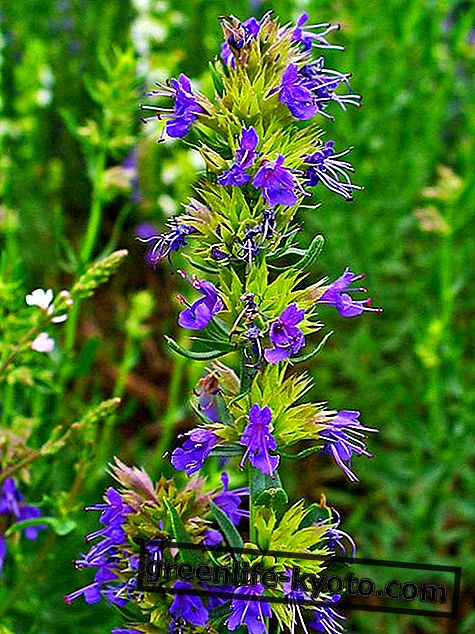
The ancient dichotomy between form and substance also exists in the world of martial arts, where many still believe that having big muscles automatically means being strong, and that being strong is enough to be victorious in a fight .
Behind the shape of a body that is aesthetically well done, it is essential to treat what is not seen from the outside, the essence, what is under the flesh or in it: tendons, connective tissues, joints.
Even brute force, on balance, is produced not by muscle but by tendons. Here we will explain two essential elements in the world of martial arts and sports in general: balance and coordination .
Balance is something that develops over time and that can be consciously trained and improved : it is a spontaneous intelligence of the body that allows you to organize your form and your movements in space in relation to the forces that influence it, first of all gravity .
Coordination, on the other hand, could be defined as the ability to perform the right movement with less waste of energy and time, is the sum of efficiency, the ability to regulate oneself and to leave no room for random movements, to adapt in transitions from a position to another.
Here are some simple exercises useful for developing these two skills, which are essential for conveying brute force and transforming it into an act worthy of being called (martial) art.
With the tennis ball
One of the simplest and most performed exercises is the game of tennis ball: those who train will have to stand near a wall with their backs turned to it.
A companion will constantly pull him a tennis ball that must be avoided not only by dodging it, but by using a move : a kick or a punch.
The ball, bouncing off the wall, will come back again and again to be launched again.
This exercise develops reflexes, coordination (contemporaneity between dodging and attack) and tempering the nerves to the idea of having objects that gravitate in the vicinity of the head, without reacting with contraction.
"Tree" on the abdominals
Simple, fun, effective exercise in two ways.
Take the hatha yoga position of the tree : balanced on one leg, with the other bent with the foot at the knee or groin and the arms stretched over the head.
Well, now try to maintain this position on the abdominals of a companion lying on his back on the ground. While he is training his abs, we will balance our balance in a dynamic and unstable situation .
Not only that, all the micro-movements will be reflected in the knee joint, reinforcing the ligaments, a fundamental element to kick at full power.
Free descent
Do you love the outdoors? Here is the exercise for you: find a beautiful mountain or hillside forest and go downhill at moderate speed, obviously focusing on dodging trees, branches, bushes, pebbles, etc.
A very effective exercise to develop coordination and balance, it is also useful to have the cardio implemented, both during the descent and, previously, during the ascent.
Knees vs shoulders
Find a buddy and get ready for two rounds of at least 3 minutes each .
During the first you have to touch his shoulders to prevent him from touching your knees, in the second, vice versa, you will have to touch his knees to prevent him from touching your shoulders .
Development of coordination and balance guaranteed but not limited to: you will see your cardio visibly improve lesson after lesson, your speed and your reflexes .
Tires
Train coordination and balance and give yourself to ethical reuse at the same time, here's how: old tires have a thousand functions in a martial arts gym, one of these is an exercise to do in pairs, try to do a slight sparing of kickboxing each on the own tire, placed facing each other.
After the initial uncertainties that will help us become aware of our own awkwardness, we will find ourselves able to develop coordination and balance to the point of being able to defend ourselves and attack in situations that are particularly disadvantageous and lacking in stability .
Learn More:
>> Martial arts in Central Asia
>> Russian martial arts
>> Korean martial arts
>> Indian martial arts
>> Thai martial arts
>> African martial arts













